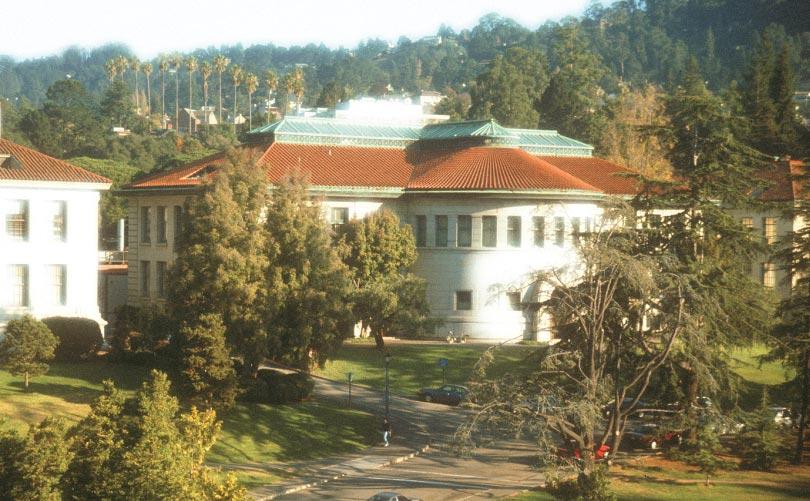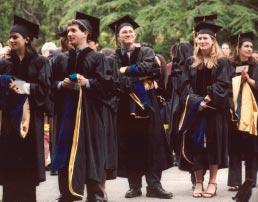
2 minute read
CELEBRATING OUR PAST AND OUR FUTURE: The College of Natural Resources Reaches 30 Years

Eugene Hilgard and the College of Agriculture
Advertisement
The College dates back to the original charter of the Universityof California in 1868.
The California Constitution of 1849 mentioned creation of a state university. But no action was taken until the passage of the 1862 Morrill Land Grant College Act, which offered federal land grants to states that established agricultural colleges. The state legislature officiallycreated the Agricultural, Mining, and Mechanical Arts College in 1866 and began looking for a location to site the college.
Meanwhile, former Congregational minister HenryDurant founded the College of California in Oakland, with a curriculum modeled after Yale and Harvard. By1867, the college was financiallytroubled, and trustees of both educational institutions agreed to combine their resources to form a ìcompleteîuniversity. In 1867, the College of California donated its land and dissolved the institution to merge with the newlyformed agricultural college. In March 1868, the governor signed the Organic Act, establishing the Universityof California. The College of Agriculture was the first college established on campus. The newuniversitywas sited on 160 acres four miles north of the original College of California, in a place called Berkeley.
The College of Agriculture started slowlyunder its first dean, Ezra Carr. In 1875, however, Eugene Hilgard assumed leadership of the College and set forth a vision that remains today: bring the highest caliber of science to bear on practical problems and use this knowledge to train the leaders of the future. Born in Bavaria and trained in Germany, Hilgard was a respected scientist and passionate educator. He realized that agriculture suffered a poor reputation among scholars as a scientific endeavor, while farmers simultaneouslyhad little interest in academia.
His meticulous research categorizing the nature of alkaline soils in California and revealing their importance to agricultural production, along with his detailed studies of the impacts of the fungal pathogen phylloxera on grapevines, convinced both the scholarlyand agricultural communities of the value of the College of Agriculture (see Entomologyand Pest Management, and Soil Science).
Hilgard brought the true inquisitiveness of science to his mission as dean. He recognized California as a unique and diverse environment, and set about performing fieldwork to determine the specific needs for agriculture in the state, rather than assuming that information and practices valid in Europe, or in the eastern U.S., would work here.
Through his fieldwork, Hilgard established the first agricultural experiment station in the U.S. and set the framework for the Division of Agricultural Sciences, nowthe Universityof California systemwide Division of Agriculture and Natural Resources. He took advantage of the funds provided bythe 1887 Hatch Act to establish research stations in the Sierras, the Coast Range, the San Joaquin Valley, and Southern California to allow research across a wide varietyof environmental conditions. By 1900, Hilgardís experiment station concept had become a resounding success and he had established a solid partnership with California agriculture.




